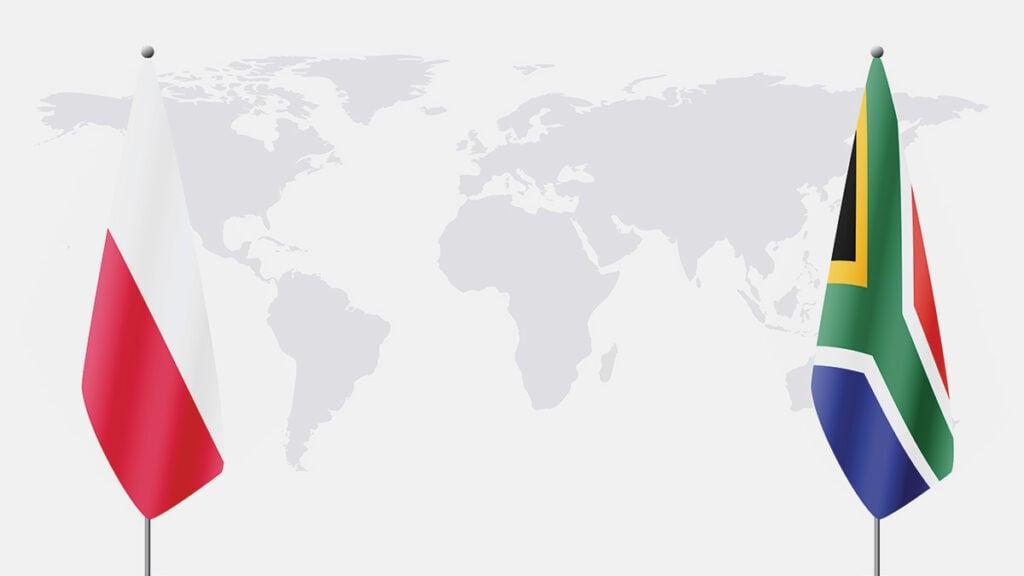Africa-Press – South-Africa. Although both South Africa and Poland became democracies in the early nineties, their economic growth and GDP per capita had very different trajectories.
South Africa held its first democratic elections in 1994, after which the new government inherited a struggling economy.
The economy’s annual average growth rate was 1.0% between 1985 and 1990, falling to 0.2% between 1990 and 1994.
President Nelson Mandela and Deputy President Thabo Mbeki stabilised the country’s finances and achieved an average economic growth rate of 3.0% between 1994 and 2000.
It created a solid foundation for future growth, which was achieved after Mbeki took over the presidency from Mandela.
Under Mbeki, with Trevor Manuel as Finance Minister, the country achieved an average economic growth rate of 4.2%.
Mbeki’s administration saw the country run consistent budget surpluses, reducing government debt and enhancing its credit rating.
However, it changed rapidly after Jacob Zuma dethroned Mbeki as ANC President and Pravin Gordhan took over from Manuel as Finance Minister.
South Africa’s strong GDP growth during the Mbeki era stopped, and the country’s debt rapidly increased.
The trend accelerated under Cyril Ramaphosa’s presidency, with many economists warning that South Africa is facing a fiscal cliff.
In 2008/09, South Africa’s gross loan debt amounted to R627 billion, or 26% of gross domestic product (GDP). Net loan debt was R526 billion, or 21.8% of GDP.
Over the next fifteen years, under Zuma and Ramaphosa, the government’s gross loan debt ballooned to R5.21 trillion, or 73.9% of GDP.
Under Nelson Mandela, South Africa’s average real GDP growth rate was 2.6%, which increased to 4.2% under Thabo Mbeki.
However, it plummeted to 1.7% under Jacob Zuma’s and declined further to 0.6% under Cyril Ramaphosa’s presidency.
Poland’s economic growth
Poland became a Soviet satellite state under the influence of Joseph Stalin at the end of the Second World War.
The Polish Committee of National Liberation, a communist party, took governing control in Poland with Stalin’s backing.
The Polish Workers Party took over in 1948 and built a communist state over the following decade.
Industries were nationalised and land was expropriated and redistributed. Poland became a government-controlled economy.
Through the 1960s and 1970s, Poland started facing significant spikes in food prices, which the government delegated in an attempt to reduce its government deficit.
During this period, Poland borrowed significant amounts of money from the West, leaving Poland with significant debt.
Resistance followed with the formation of the Solidarity trade union, which stood for workers’ rights and freedom of speech.
They also stood against the communist government’s use of intimidation and force to control citizens into silence and limit their freedoms.
The Polish government implemented martial law on its citizens to prevent the Solidarity movement from growing.
By 1988, Poland faced mass strikes and unrest, and the government could not suppress the growing demand for change within Poland.
This led to a partially free election in June 1989, where the Solidarity union won by a landslide victory.
This led to the amendment of Poland’s constitution and the disbandment of the communist party. By 1993, the last Soviet troops left the country.
Today, Poland is a democratic republic with Western values, including freedom of speech, religion, assembly, and a free press.
It also implements the rule of law and the separation of powers between the legislature, the executive and the judiciary.
Poland versus South Africa
Poland became a democracy at a similar time to South Africa’s, and by 1995, their GDP per capita was almost identical.
However, where Poland moved from communism to a free-market economy and capitalism, South Africa became more socialist.
Poland privatised state-owned enterprises, opened the economy to international trade, and joined the European Union.
These changes helped Poland become one of the fastest-growing economies in Europe and rapidly increase its GDP per capita.
Poland went from a struggling socialist economy into a thriving, modern, market-driven country. It is one of post-communist Europe’s biggest economic success stories.
In comparison, South Africa went the other way and became deeply steeped in communist and socialist idealism.
South Africa’s economic policies became business-unfriendly, and the state increased non-productive expenditure.
Cadre deployment also caused widespread mismanagement and corruption, and state-owned enterprises collapsed.
The result was that South Africa’s GDP per capita declined, compared to Poland’s, which significantly increased.
For More News And Analysis About South-Africa Follow Africa-Press






